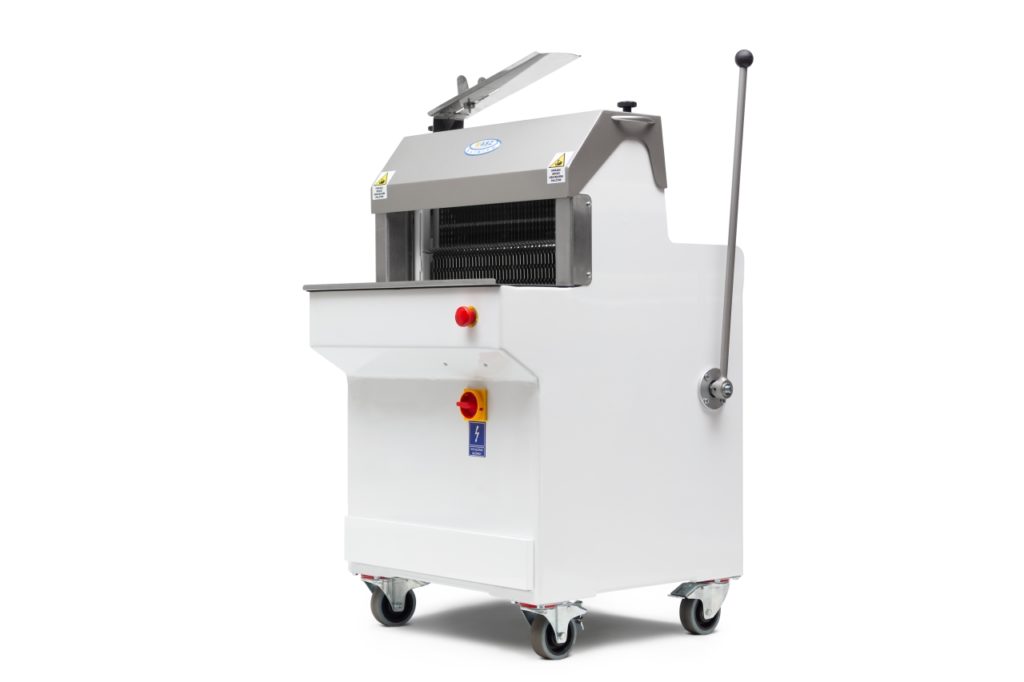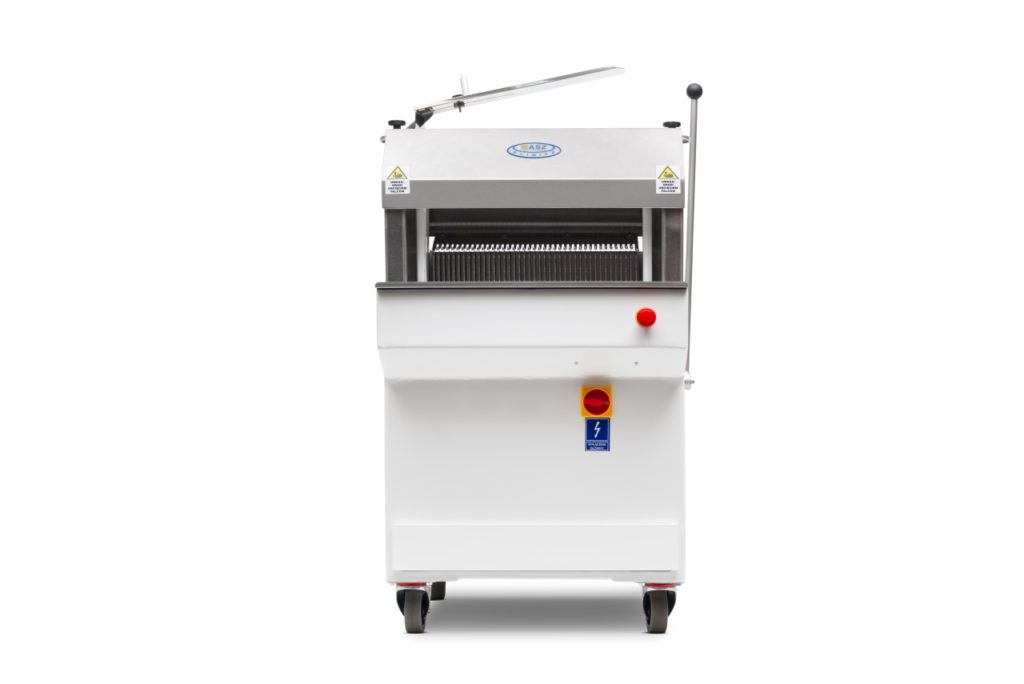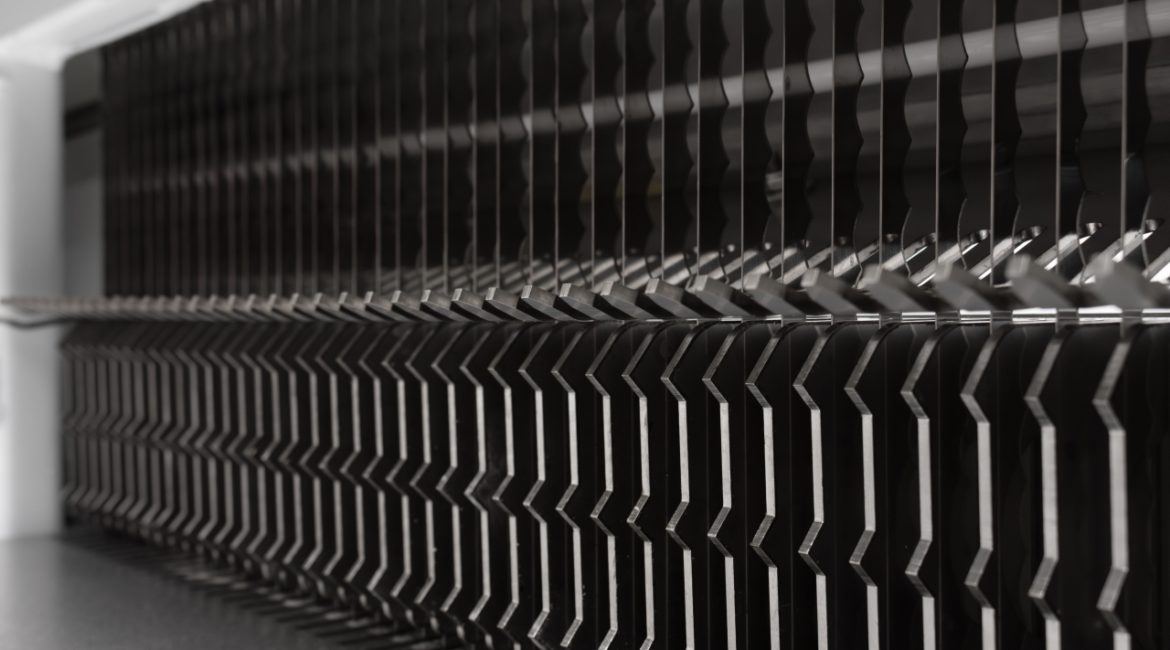Bread Slicer Comparison – Which Bread Slicer Should You Choose for Your Bakery?
Running a bakery requires efficient tools that improve quality and workflow every day. Therefore, this bread slicer comparison helps you choose the right model based on your needs. Because a proper bread slicer improves consistency, saves time, and supports better presentation. So, compare bread slicers carefully to match your production volume, space, and budget.
1. Type of Slicer: Manual or Automatic?
Start by deciding between manual and automatic operation. That’s why this key difference affects cost, speed, and labour intensity.
- Semi-automatic slicer – Requires some effort, costs less, and works well for low-volume production.
- Automatic slicer – Slices faster with less effort and suits busy bakeries needing high efficiency.
2. Slicing Type: Thick or Thin Slices?
The next step in this bread slicers comparison is slice thickness. Bread type and customer preference should guide your choice.
- Adjustable models – Allow different thicknesses for rye, wheat, or spelt loaves.
- Rolls and baguettes – Need precision slicing to maintain shape and texture.
3. Material – Durability and Cleaning
Compare bread slicers based on build quality and hygiene features. Furthermore, powder-coated steel frames are both strong and easy to maintain. Also check if key parts can be removed quickly for cleaning.
4. User Safety
Safety features are crucial and vary between models. When you compare bread slicers, look for:
- Blade guards – Reduce risk during operation.
- Emergency stop button – Helps quickly stop the machine if needed.
- Non-slip feet – Keep the unit stable on various surfaces.
5. Performance and Capacity
Performance is a key factor in any bread slicer comparison. Select a model based on how many loaves you slice each day.
Small Bakeries (up to 360 loaves/hour)
If your bakery works at low volume, choose a compact, affordable slicer. Features include:
- Lower slicing speed for steady production.
- Semi-automatic or manual function to reduce cost.
- Compact build for small workspaces.
Medium Bakeries (up to 470 loaves/hour)
Mid-volume bakeries need more speed and flexibility. In this range, compare bread slicers with:
- Automatic operation for higher output.
- Adjustable thickness for varied products.
- Larger chamber for multiple loaves.
Large Bakeries (2,000+ loaves/hour)
For industrial use, focus on durability and speed. Bread slicers comparison for this scale should include:
- Slicing capacity of up to 2,500 loaves/hour.
- Heavy-duty design for long work cycles.
- Extra features like automatic loading or blade cooling.
An automatic slicer with packaging helps reduce downtime and speeds up delivery.
6. Bread Slicer Comparison – Price
Finally, compare bread slicers by price and available service. Moreover, automatic machines cost more, but save labour and time long term. Also check if the supplier offers fast access to parts and technical help. Because this reduces downtime and keeps production on track.
Final Thoughts – Bread Slicers Comparison for Smarter Purchasing
To choose the best model, compare bread slicers based on size, output, and daily use. Also match the slicer to your team, workspace, and dough types. Furthermore, a well-chosen slicer will improve speed, reduce waste, and impress your customers.







